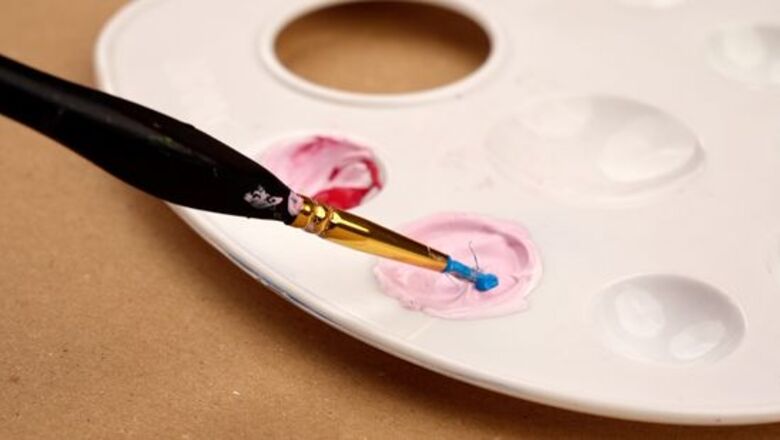
views
Mixing Pinks in Oil or Acrylic Paint
Place some white and red paint on your palette. Add red to the white. Start by adding just a bit of red to the white, and mix well. Keep adding a bit of red at a time until you reach the pink you want to use for your work. Most standard reds can be used to make a pink. Each red will produce a different shade of pink, so you can experiment until you find one that you especially like. For the best results when mixing colors to make pink, choose an opaque white (such as Titanium White). Transparent whites (like Zinc White) may only lighten the red without creating a true pink. Don’t try to create pink by adding white to red, since this will take more time and use up lots of paint.
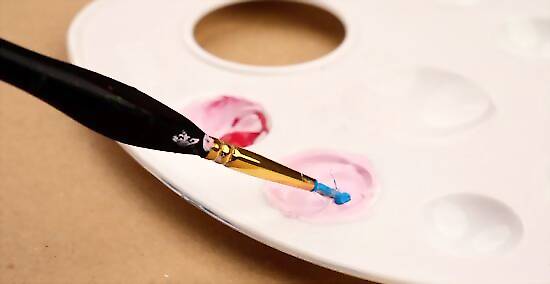
Add a complementary color to tone down your pink. Shades of colors are technically created by adding black to a hue. However, many painters find that using a complementary color instead of black creates better-looking colors. You can try adding a direct complementary (a green), but using a neighboring color like blue can also create nice results. Whichever color you choose to tone down your pink, start by adding just a little at a time to the pink, and mixing well until you get the hue you like.
Creating Pinks with Watercolors
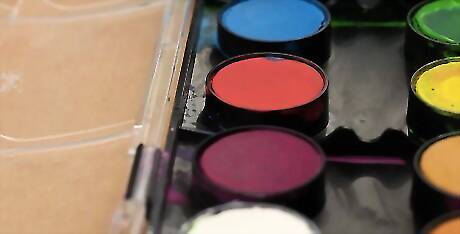
Select a base color. There are a number of readily available watercolor hues that can be used to create beautiful pinks. You may like to use these colors more or less as-is, just thinned with just a bit of water. Choose a base color such as: Permanent Rose Quinacridone Rose Ruby Red
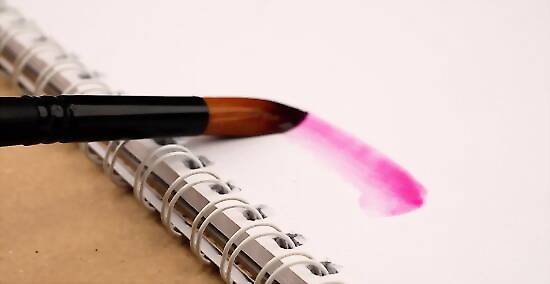
Dilute your base color to lighten it. Watercolors work by allowing the white of the paper to reflect light through the transparent layers of paint applied to them. To create a lighter pink, all you need to do is dilute your base color with enough water so that the layer becomes very transparent. Experiment by diluting your paint with various amounts of water on your tray before applying it to your paper. This will give you a feel for the kinds of pink you can make. You can also thoroughly wet your paper first and then apply a small amount of your red to create a pink wash.

Use an alternate color to shade the pink. The tube colors will work great for areas of pink local color when diluted. To add shading, however, use a wash of a color like cobalt blue over a layer of pink. Using an alternate color to create shading, rather than black, will result in richer, more vibrant colors.
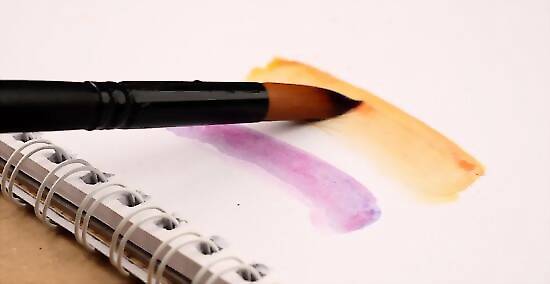
Use a warm color to brighten the pink. Applying an underwash of a warm color before applying a layer of pink will make the hue appear warmer and brighter. A yellow underwash can be especially effective.
Mix the pink with red to deepen the color. If your base color isn’t as rich as you would like it to be, select a deeper red. Mix it with some of your pink/rose red on your palette or tray, then thin to your desired saturation. William F. Powell William F. Powell, Portrait Artist To make a bright pink, start with a pure red like cadmium red light. Slowly add small amounts of titanium white while mixing until you achieve the desired pink tone. For a more muted pink, use an earthy red like Venetian red as your base instead.


















Comments
0 comment